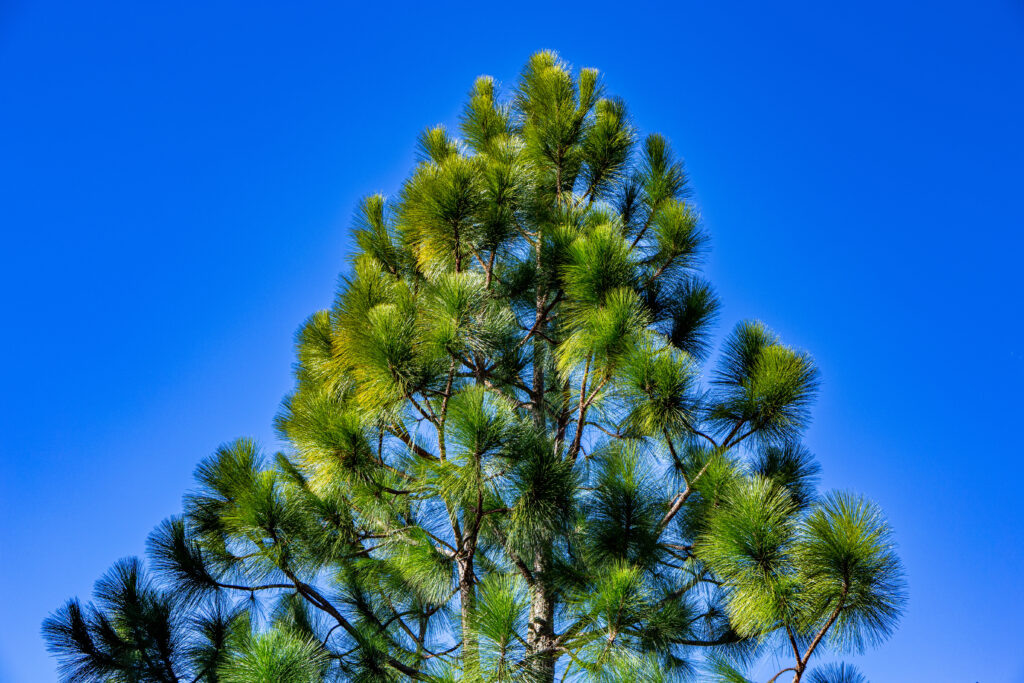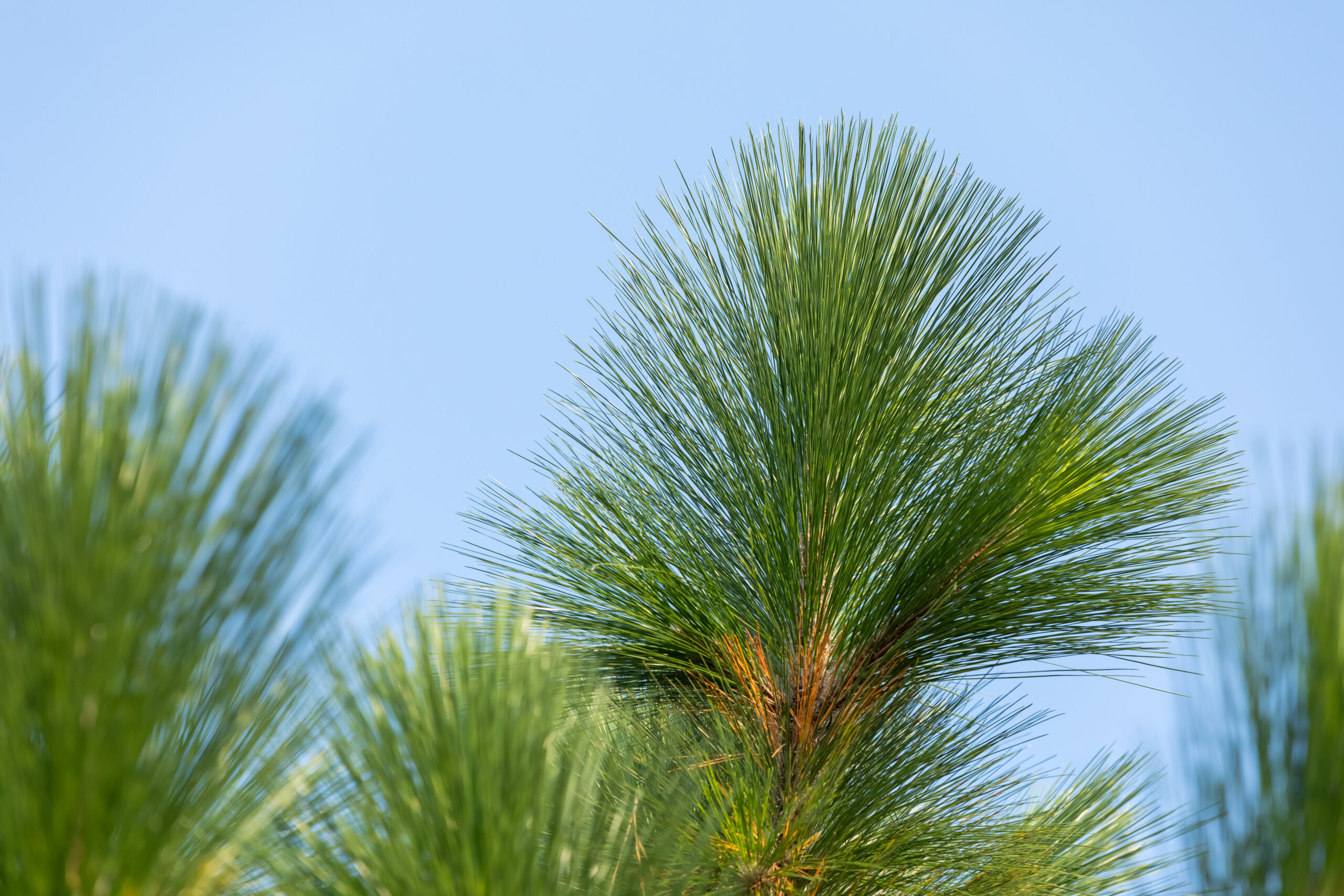Many landowners across the southeastern United States are grappling with a question that goes beyond timber: Is it time to convert their loblolly pine stands to longleaf pine? While loblolly has long been the commercial favorite due to its fast growth and high yields, longleaf offers ecological, economic, and aesthetic benefits that are hard to ignore. But making the switch isn’t simple—it requires careful planning, financial investment, and a long-term vision.
Dr. John Kush of Auburn University, a lifelong advocate and researcher of longleaf pine, explains why this iconic species may be worth the effort. “Longleaf is a thinking tree,” he says. “It’s way smarter than we are. It’s survived for centuries despite everything we’ve thrown at it. You just have to know how to work with it.”
Why Longleaf?
Resilience in the Face of Challenges
One of the most compelling reasons to consider longleaf pine is its remarkable resilience. It is uniquely suited to the southeastern landscape, thriving in fire-maintained ecosystems and standing up to the challenges that often plague other species. Dr. Kush points out, “Longleaf is the most wind-resistant of all pine species. It doesn’t have major issues with southern pine beetles and can tolerate fire—even as young as one year old. Loblolly can’t touch that.”
In addition to its resistance to pests and storms, longleaf provides critical habitat for wildlife, including bobwhite quail, gopher tortoises, and wild turkeys. Its compatibility with frequent prescribed fire helps maintain an open understory, creating a thriving ecosystem. “Fire is to longleaf what rain is to the rainforest,” Kush explains. “If it won’t take fire, it’s not worth managing.”
Superior Timber Quality
While longleaf grows more slowly than loblolly, it produces some of the highest-quality timber available. Its dense wood is ideal for poles, pilings, and high-grade saw timber. “Longleaf isn’t for people looking to grow quick pulpwood,” Dr. Kush warns. “It takes time. But that time produces quality that loblolly can’t match.”

Longleaf pine’s remarkable resilience—demonstrated by its ability to thrive in fire-maintained southeastern landscapes and withstand challenges that plague other species—makes it a compelling choice.
Additionally, longleaf has an economic advantage through its needle production. Pine straw, prized for its clean, long-lasting mulch, can provide a steady income stream. “A well-managed stand of longleaf can yield 200 to 250 bales of pine straw per acre per year,” Kush says. “Even at $1 to $2 a bale, that adds up quickly.”
The Challenges of Conversion
Transitioning from loblolly to longleaf isn’t as simple as replanting and walking away. It requires careful site preparation, frequent fire, and ongoing management to ensure success.
Site Preparation and Planting
Preparing a site for longleaf often involves clear-cutting the existing stand, removing hardwood competition, and installing firebreaks. In some cases, herbicide treatments may be necessary to control invasive species like sweetgum and privet. “If you don’t have your understory under control, you’re going to lose,” says Kush.
Planting density is another crucial factor. Most cost-share programs recommend planting 500 to 600 seedlings per acre, but Kush believes that’s too low. “To mimic nature and get the best results, you should be planting at least 800 to 900 trees per acre,” he advises. This higher density not only improves stand quality but also provides enough fuel for prescribed burns, which are critical for longleaf management.
Fire Management
Frequent prescribed burns are essential for longleaf pine. Fire reduces competition from hardwoods and stimulates the grasses and forbs that are vital for wildlife habitat. Dr. Kush emphasizes the importance of starting early: “If you plant longleaf this year, you need to burn it next year. If you wait any longer, you’re wasting your money.”
For landowners unaccustomed to using fire, the process can seem daunting. But resources like prescribed fire workshops and local extension offices can provide the guidance needed to burn safely and effectively. “Fire has to be part of your management plan,” says Kush. “Without it, you’re setting yourself up for failure.”
Is It Worth the Investment?
While converting to longleaf requires more upfront investment and labor than loblolly, the long-term benefits can make it worthwhile. Dr. Kush points to its superior timber quality, steady income from pine straw, and unmatched resilience as key selling points. “If you’re thinking beyond just a quick timber rotation and want to create something lasting—for wildlife, for future generations—longleaf is the tree to plant,” he says.

Site preparation typically includes clear-cutting the current stand, eliminating hardwood competition, and establishing firebreaks.
The ecological benefits are also undeniable. Longleaf pine ecosystems support some of the richest biodiversity in the southeastern United States. As Kush explains, “It’s not just about the tree. It’s about the system—grasses, forbs, wildlife. Longleaf is the keystone that holds it all together.”
Practical Steps for Landowners
For those considering a conversion, here are some actionable steps:
- Evaluate Your Land: Consult with a professional forester or your local extension office to determine whether your property is suitable for longleaf. Longleaf can grow on a wide range of soils but performs best on sandy, well-drained sites.
- Create a Management Plan: Work with experts to develop a plan that includes site preparation, planting, and a prescribed fire schedule.
- Leverage Cost-Share Programs: Programs through the USDA Natural Resources Conservation Service (NRCS) or other organizations can help offset the costs of planting and management.
- Start Small: If you’re new to longleaf, consider converting a smaller acreage first to gain experience before committing to larger areas.
- Commit to Fire: Attend a prescribed fire workshop or partner with an experienced burn manager to ensure your fire management is effective.
A Tree for the Future
For landowners looking to create a lasting legacy, longleaf pine offers a unique opportunity. It’s more than just a timber species—it’s a symbol of resilience, history, and ecological harmony.
“Go out for a walk in the woods,” says Dr. Kush. “Look around. The land is talking to you—it’s telling you what it needs. You just have to listen.”
By embracing the unique challenges and rewards of longleaf management, landowners can not only improve their property but also contribute to the restoration of one of the Southeast’s most iconic ecosystems. Whether for timber, wildlife, or personal satisfaction, longleaf is a choice that pays dividends for generations to come.
Learn More
For more information on longleaf pine and available resources, consider these organizations:
- The Longleaf Alliance: www.longleafalliance.org
- USDA Natural Resources Conservation Service (NRCS): www.nrcs.usda.gov
- Your Local Extension Office: Reach out for workshops, technical advice, and cost-share opportunities.
With the right planning and resources, converting loblolly to longleaf can be a rewarding journey—one that benefits your land, wildlife, and future generations.


